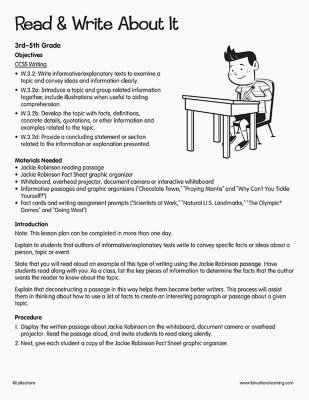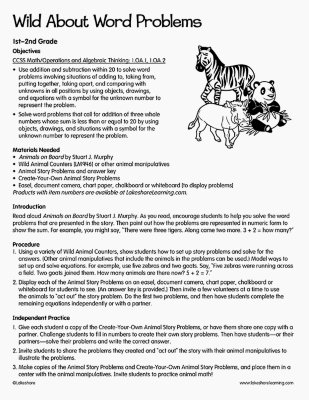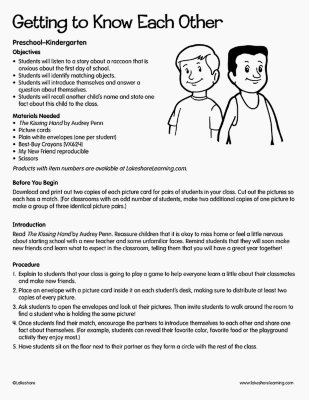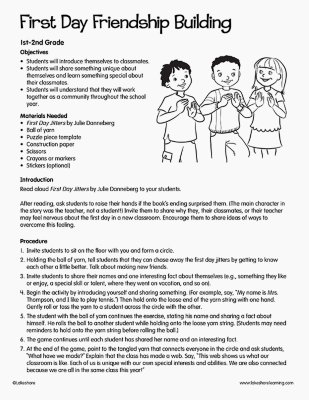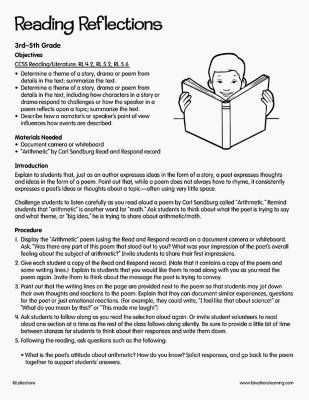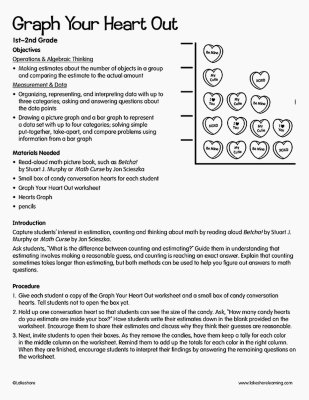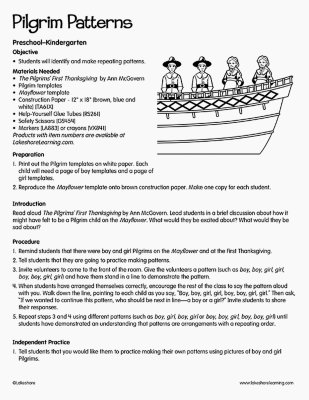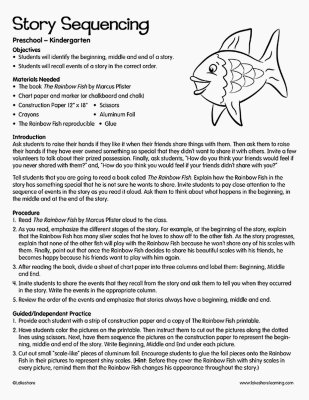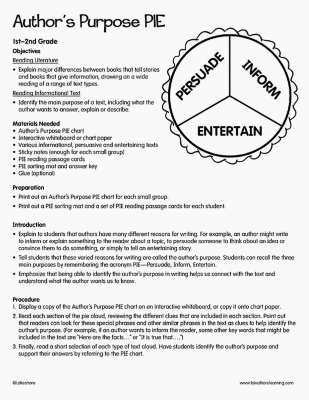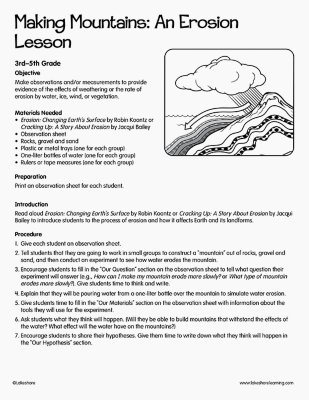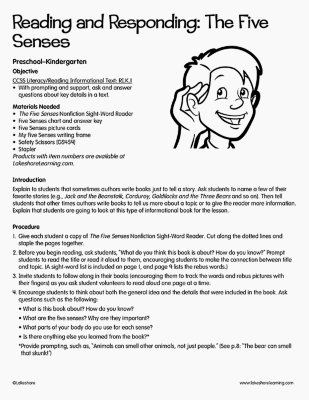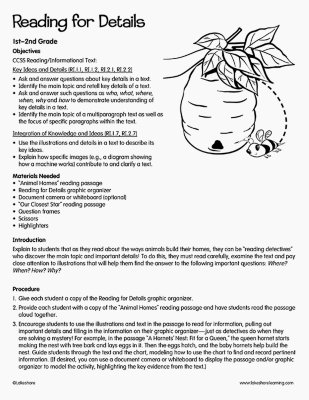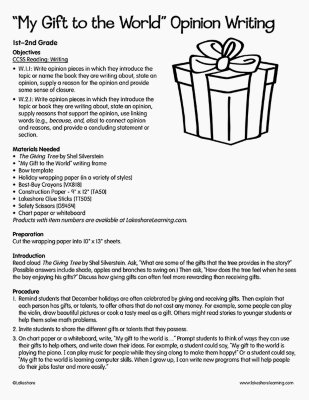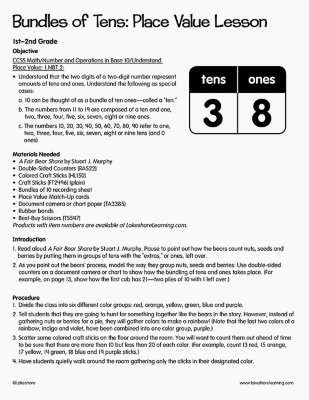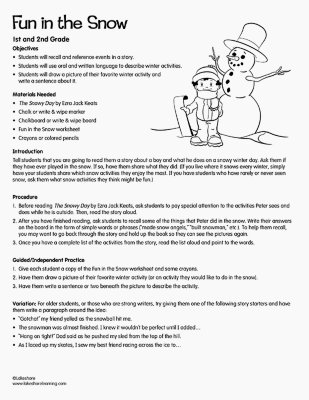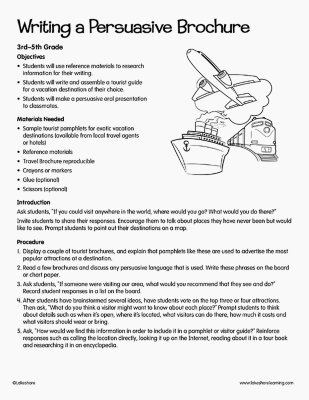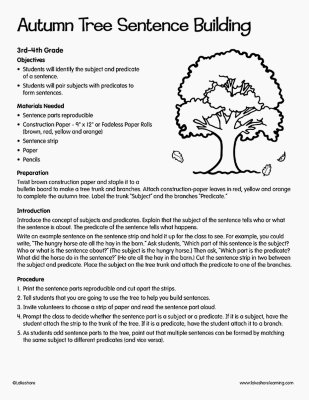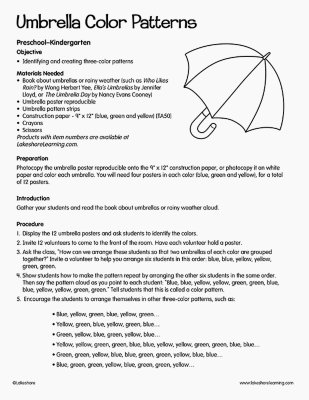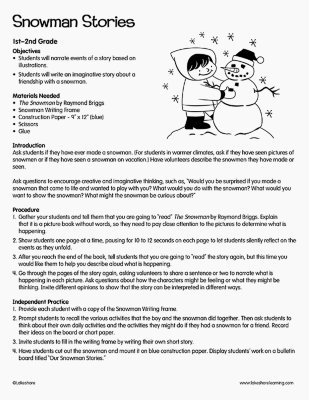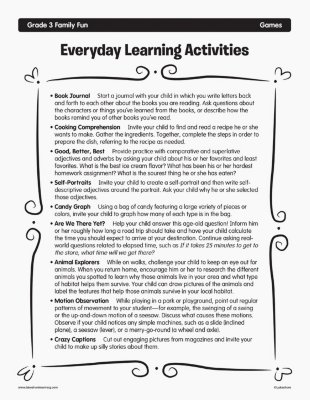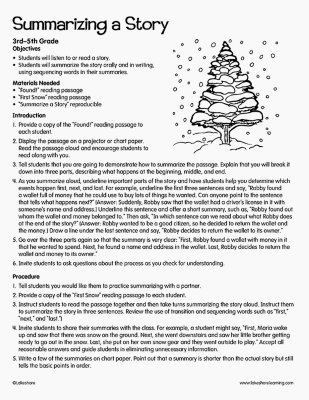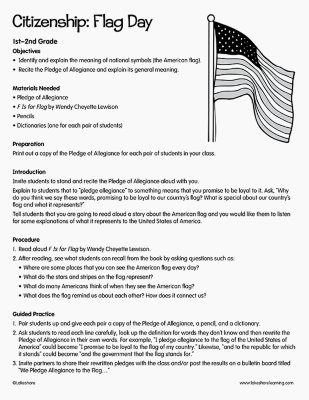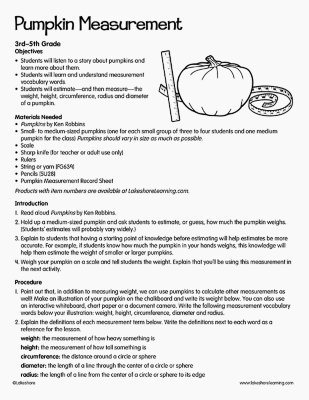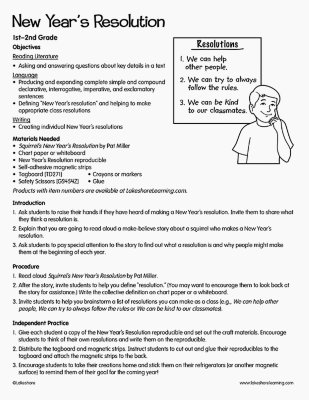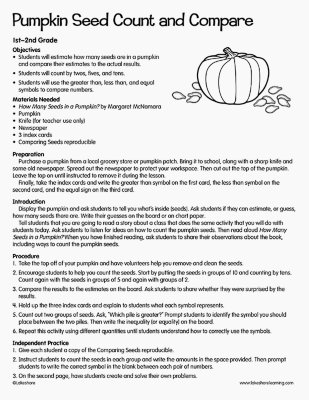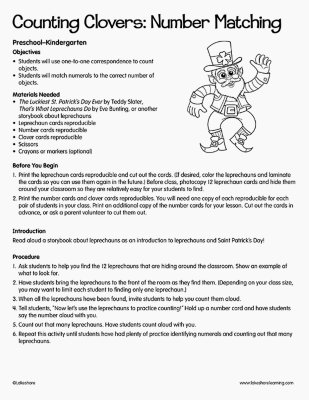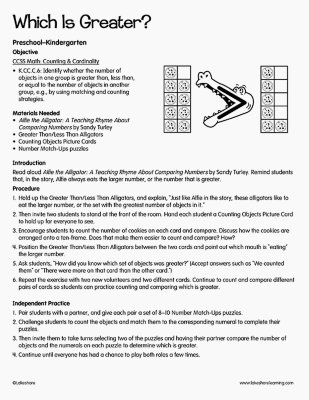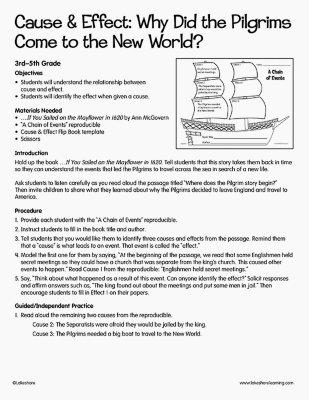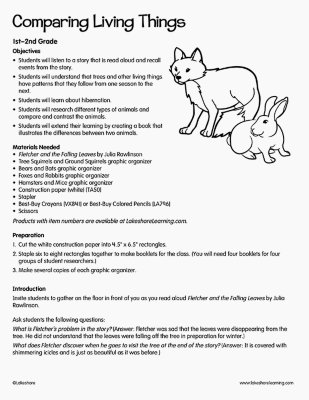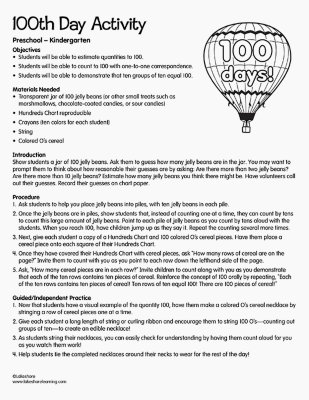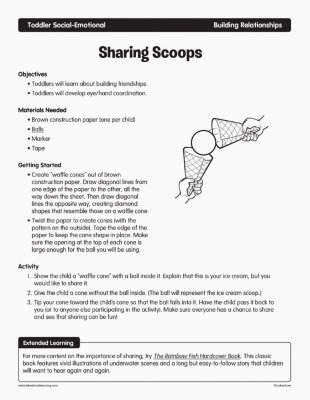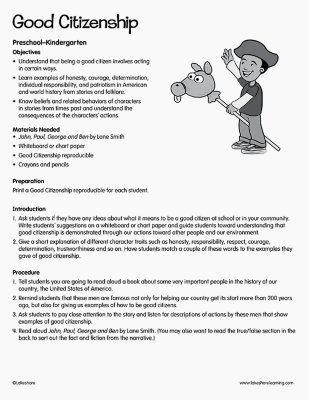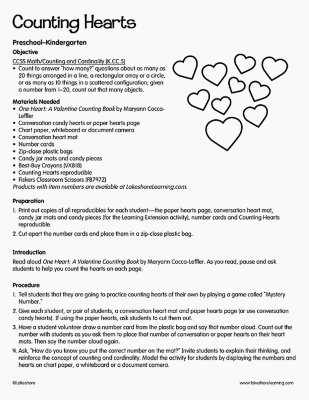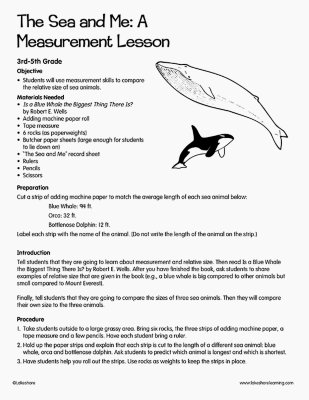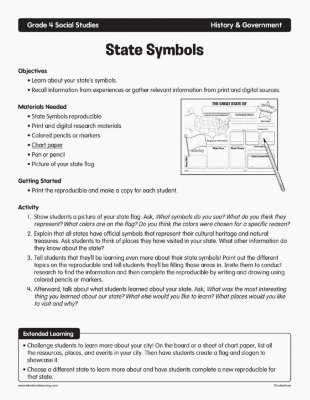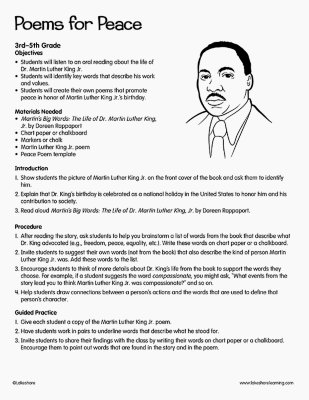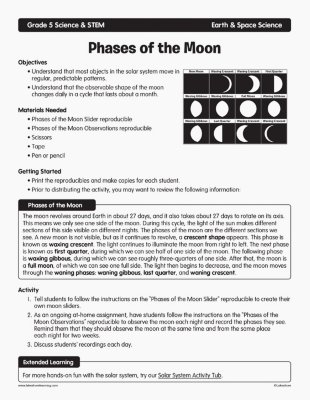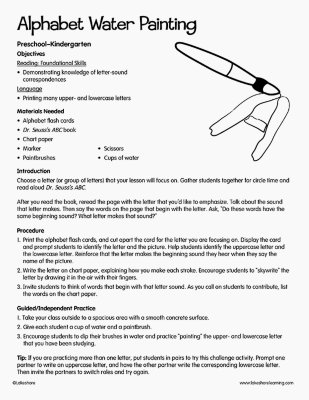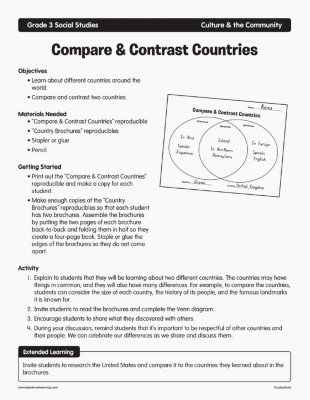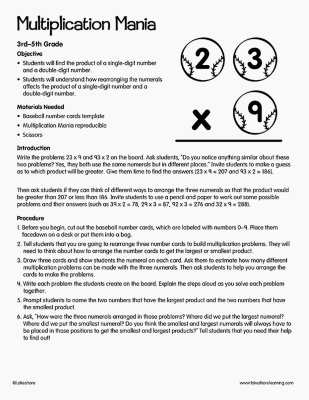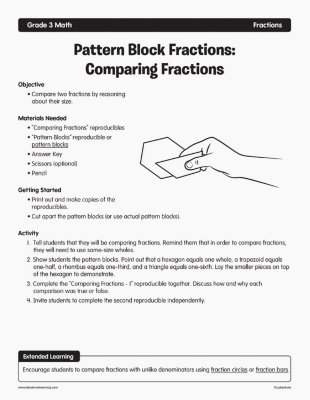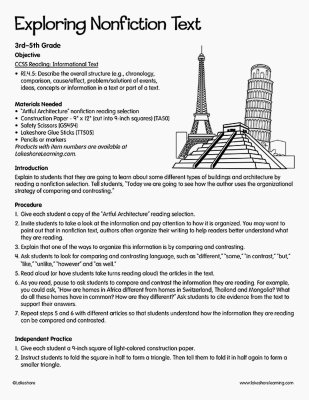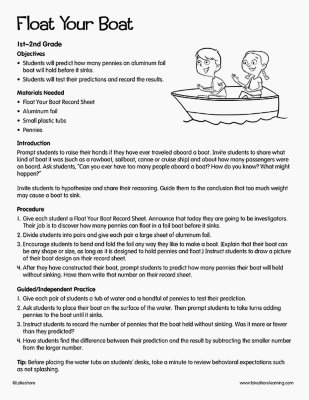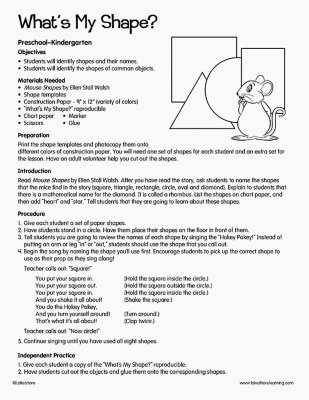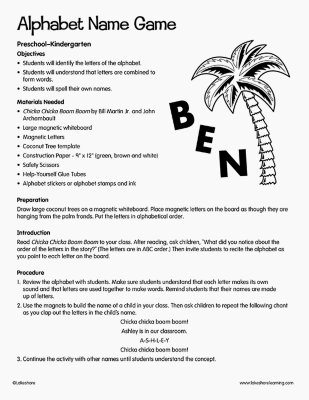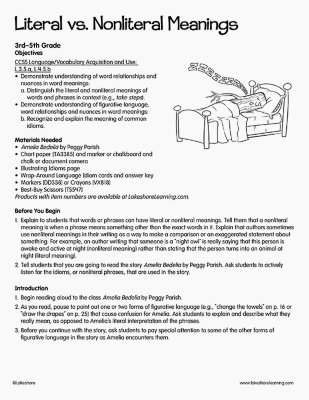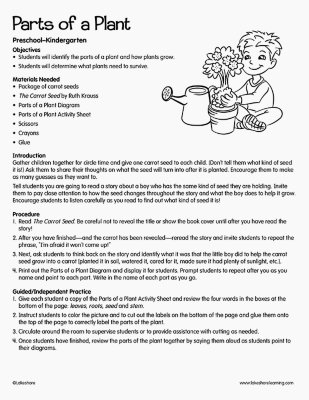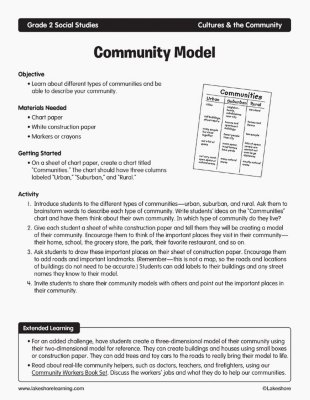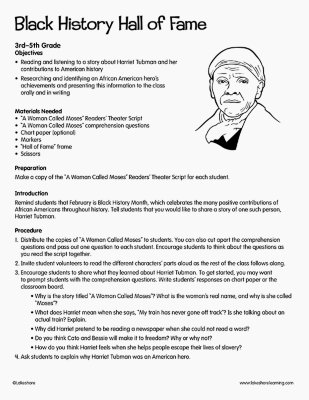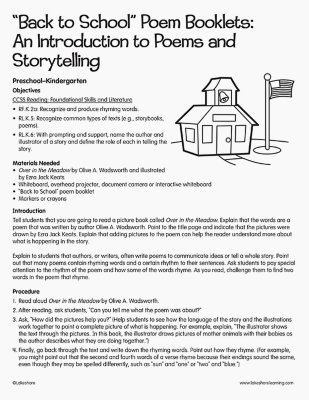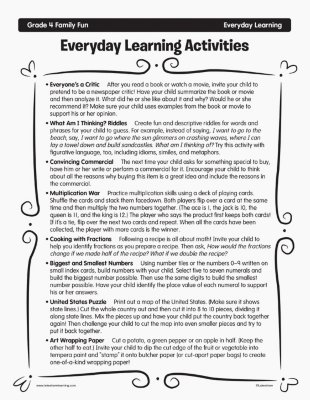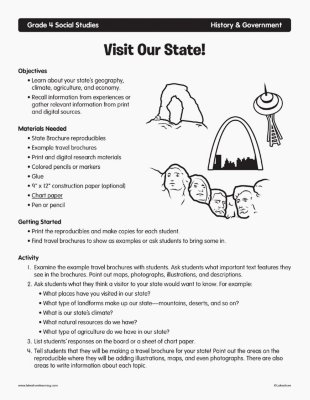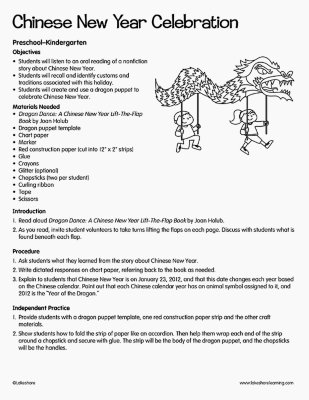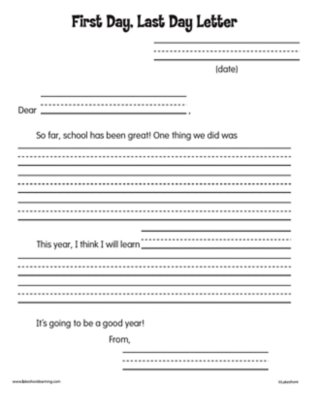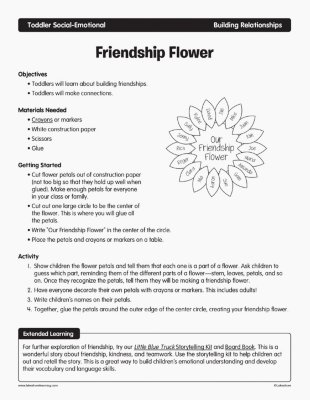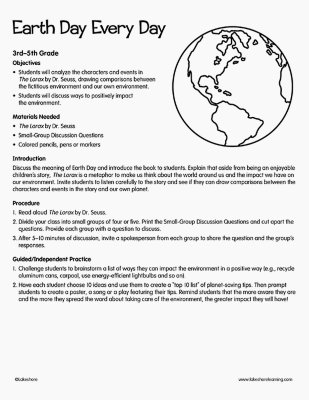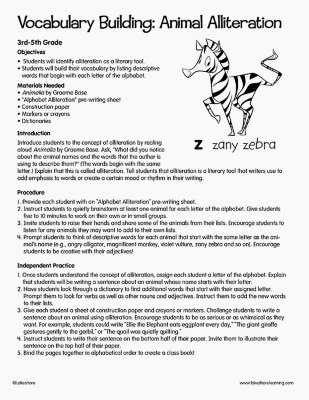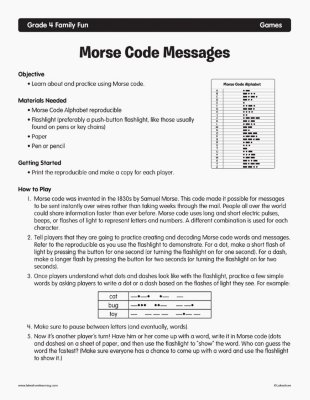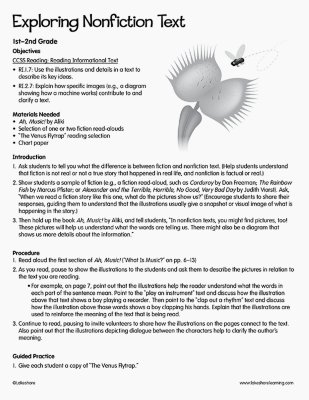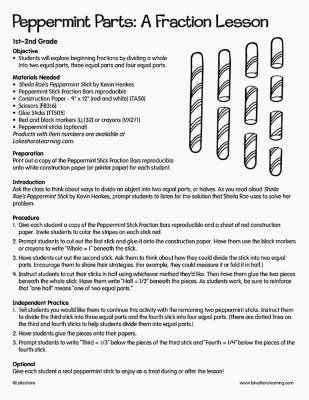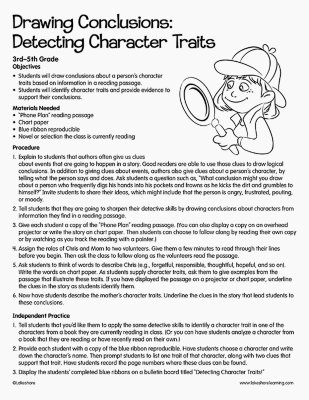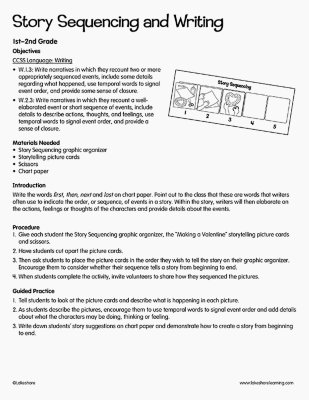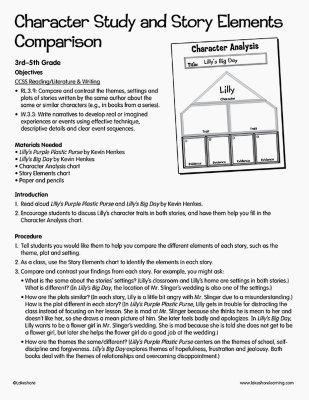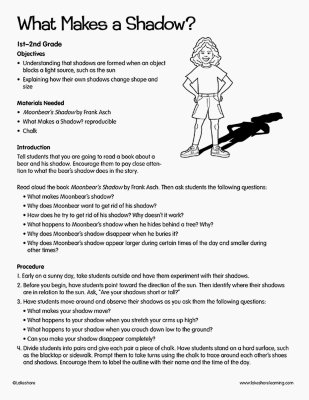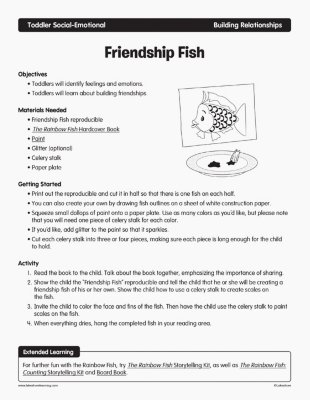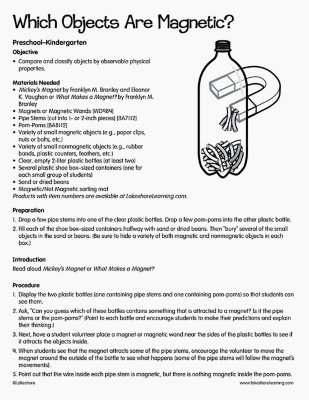Narrow by Grade
Grade
73 results for "nuts about"
Book Journal Start a journal with your child in which you write letters back and forth to each other about the books you are reading. Ask questions about the characters or things you’ve learned from the books, or describe how the books remind you of other books you’ve read.
View Lesson PlanObjectives
• Toddlers will learn about building friendships.
• Toddlers will develop eye/hand coordination.
Objectives
- Learn about your state’s symbols.
- Recall information from experiences or gather relevant information from print and digital sources.
Objectives
- Understand that most objects in the solar system move in regular, predictable patterns.
- Understand that the observable shape of the moon changes daily in a cycle that lasts about a month.
Objectives
- Learn about different countries around the world.
- Compare and contrast two countries.
Objectives
- Learn about your state’s history.
- Recall information from experiences or gather relevant information from print and digital sources.
- Conduct a short research project that builds knowledge through the investigation of different aspects of a topic.
Objective
- Compare two fractions by reasoning about their size.
Objective
- Learn about different types of communities and be able to describe your community.
Everyone’s a Critic After you read a book or watch a movie, invite your child to pretend to be a newspaper critic! Have your child summarize the book or movie and then analyze it. What did he or she like about it and why? Would he or she recommend it? Make sure your child uses examples from the book or movie to support his or her opinion.
View Lesson PlanObjectives
- Learn about your state’s geography, climate, agriculture, and economy.
- Recall information from experiences or gather relevant information from print and digital sources.
Objectives
• Toddlers will learn about building friendships.
• Toddlers will make connections.
Objectives Students will draw conclusions about a person’s character traits based on information in a reading passage. Students will identify character traits and provide evidence to support their conclusions. Materials Needed “Phone Plan” reading passage Chart paper Blue ribbon reproducible Novel or selection the class is currently reading
View Lesson PlanObjectives
• Toddlers will identify feelings and emotions.
• Toddlers will learn about building friendships.
